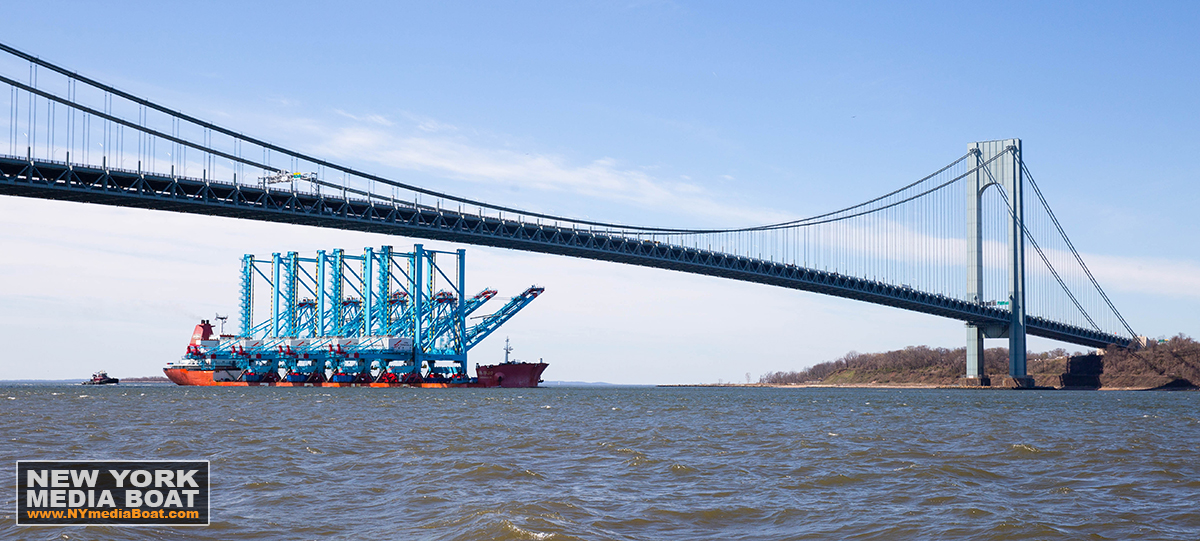In a press release, Omega Protein charged that advocates are making "false statements" about their fleet, noting that there's currently no concern about bunker overfishing and that their operations are completely legal. The company turns menhaden into commodities for fish oil supplements, dog food, fish meal, and other products.
Jennifer Goebel, a spokesperson for NOAA Fisheries, confirmed that there's no current threat of overfishing for menhaden.
"There has been concern over the years from certain environmental groups regarding localized depletion in Chesapeake Bay, but studies have not found any evidence that localized depletion is occurring," she said in an email. "The coastwide assessment shows the Atlantic menhaden stock is not overfished and overfishing is not occurring."
She added that Omega Protein "follow[s] the schools and right now, if those schools are off New York, that’s where an industry vessel could be fishing."
But Paul Sieswerda of Gotham Whale is skeptical: "There should be schools off Virginia and the fact that these boats have to steam all the way to New York tells me that they have fished out southern waters."
"They can deplete a local population and where does that leave us?" he said. "They did it in the past and it's taken from the 1960s until now to bottom out and come back."
As for by-catch, the mid-Atlantic menhaden fishery is classified as a category II fishery under the Marine Mammal Protection Act, which means "occasional incidental mortality or serious injury" may occur -- chiefly to the bottlenose dolphin -- but that purse seining has historically "had a negligible impact on marine mammals."
Goebel noted it's "illegal to intentionally set a purse-seine net around marine mammals," and that NOAA Fisheries actively monitors the fishery along with the Atlantic States Marine Fisheries Commission.
Per NOAA regulations, industry can take a total of 216,000 metric tons of menhaden each season. The Virginia fleets have been hard at work near New York in the last few weeks, led by factory ship Calcasieu Pass on Aug. 29 and by Rappahannock the next day.
Thursday evening, New York Media Boat captured some shots of factory ship Fleeton and fishing boat Dempster seining menhaden in the New York bight, beyond the three-mile state water limit.
By 8 am Friday morning, those vessels were already back in Virginia waters, heading into port. The journey was about 600 nautical miles round-trip.









































































































